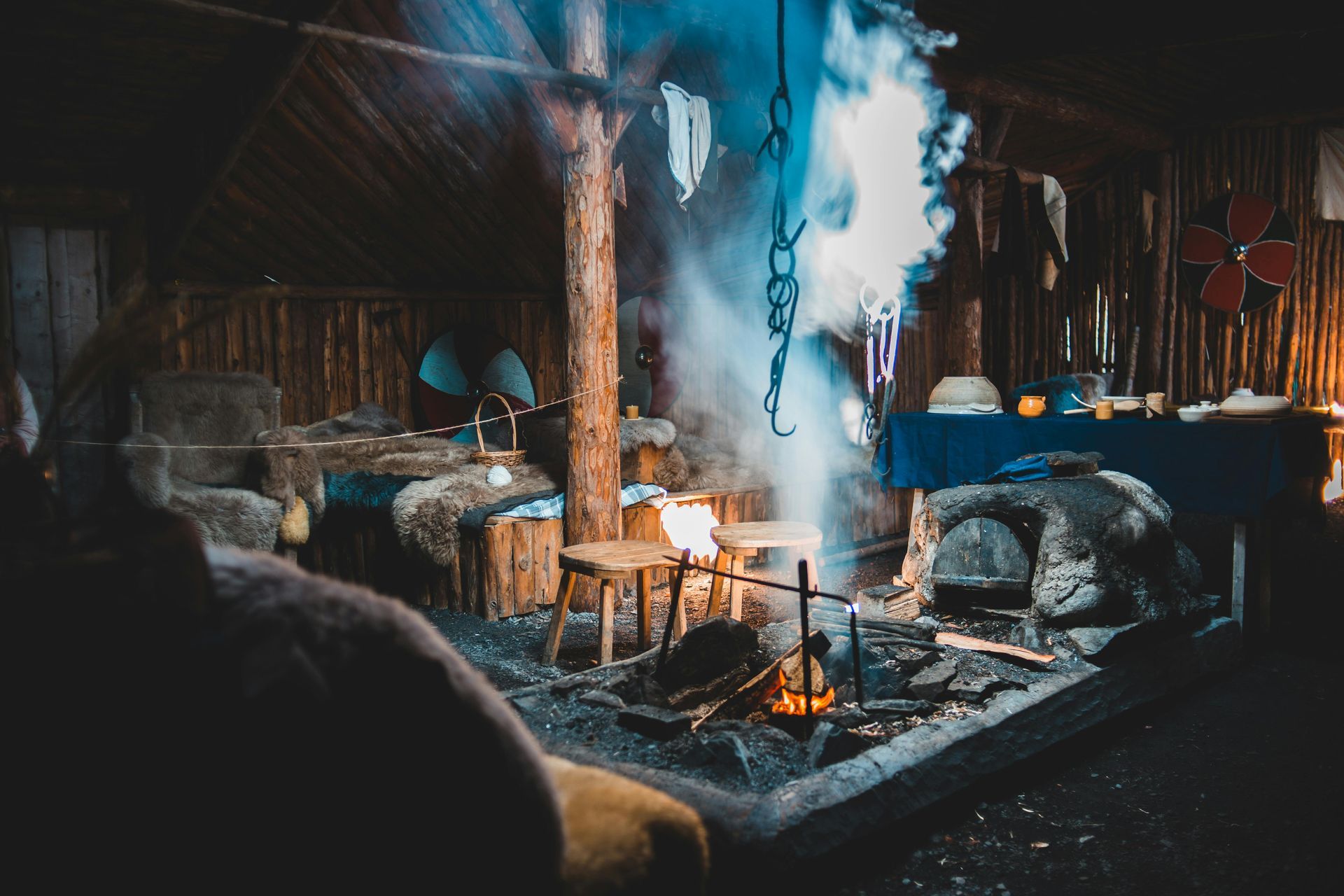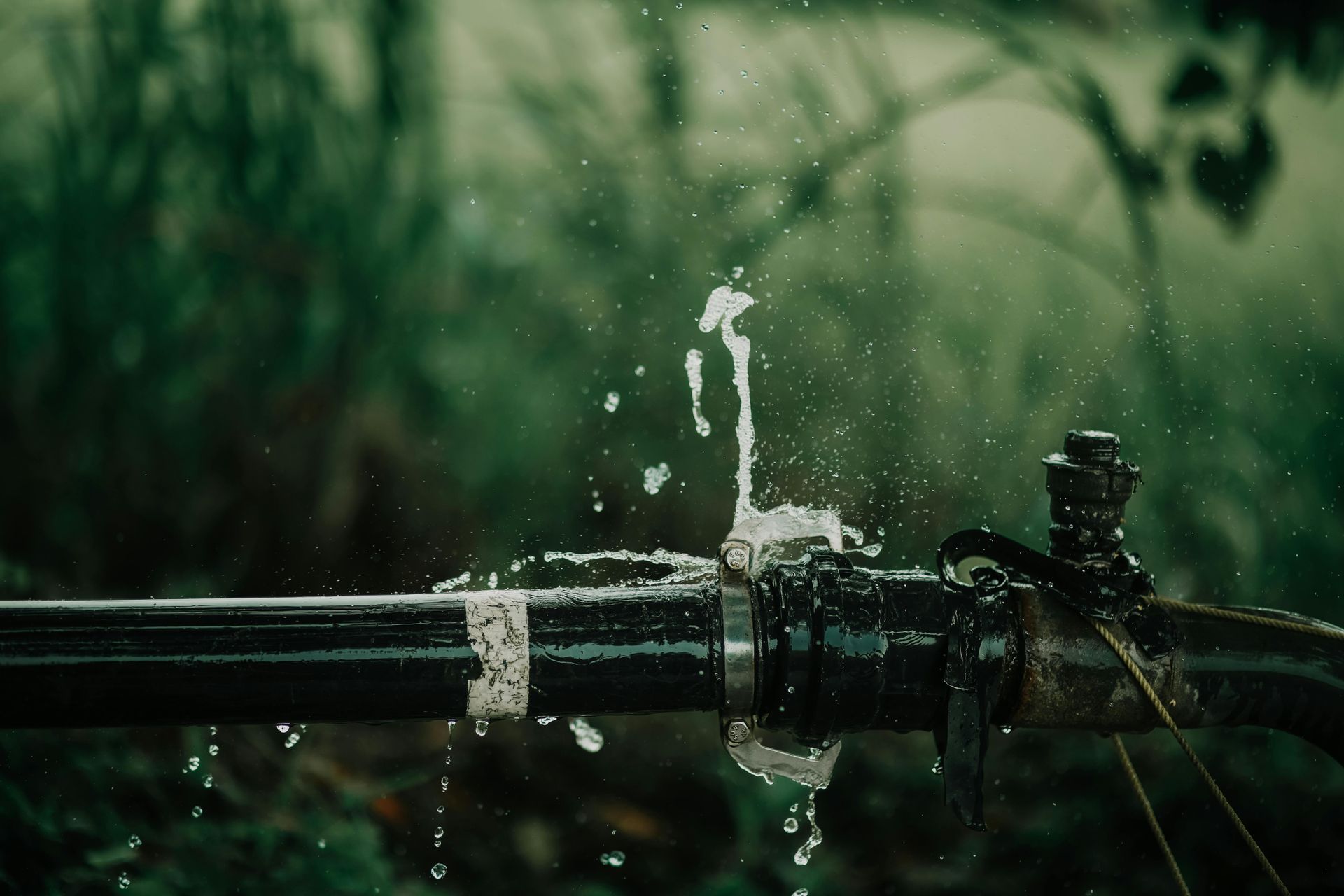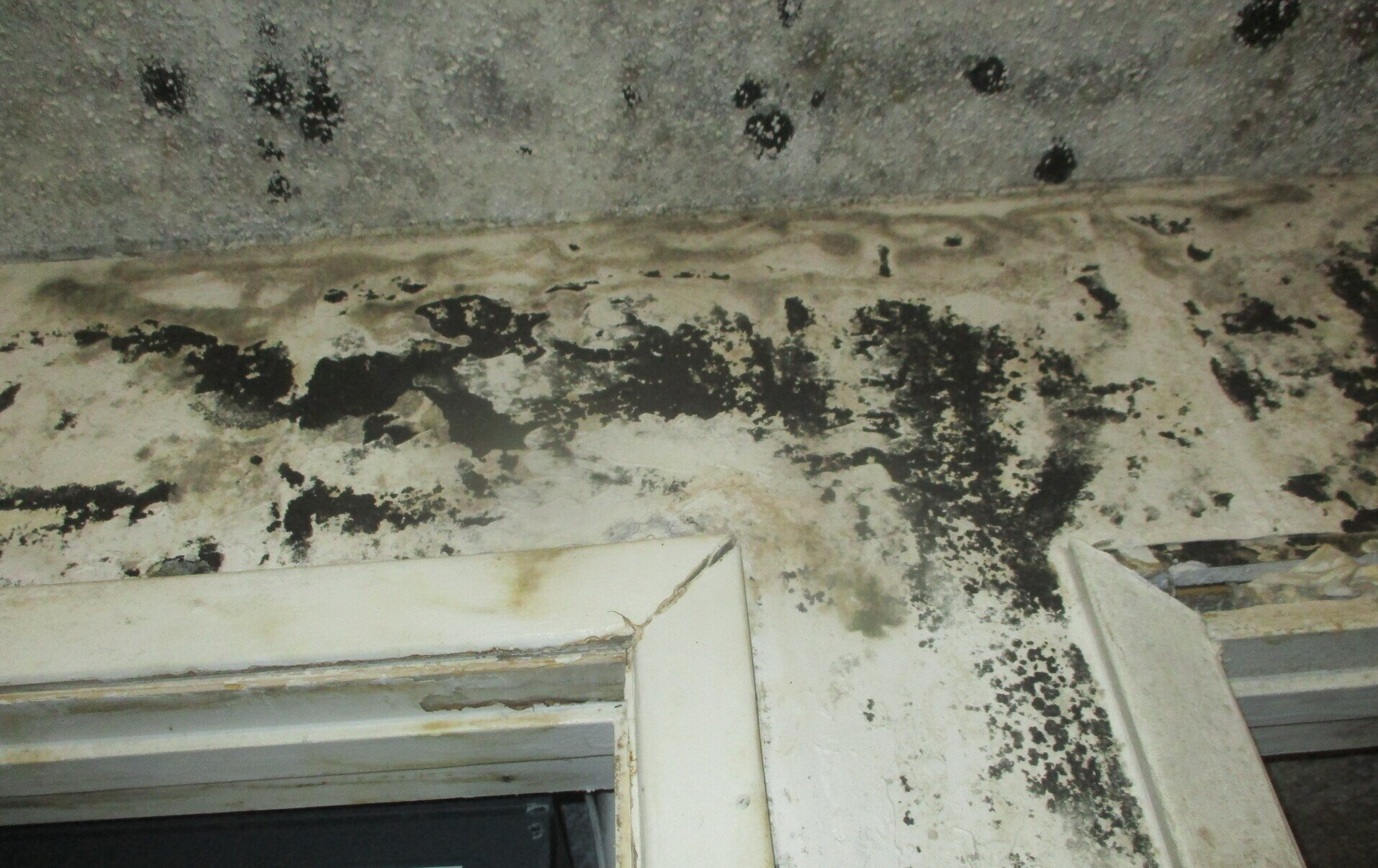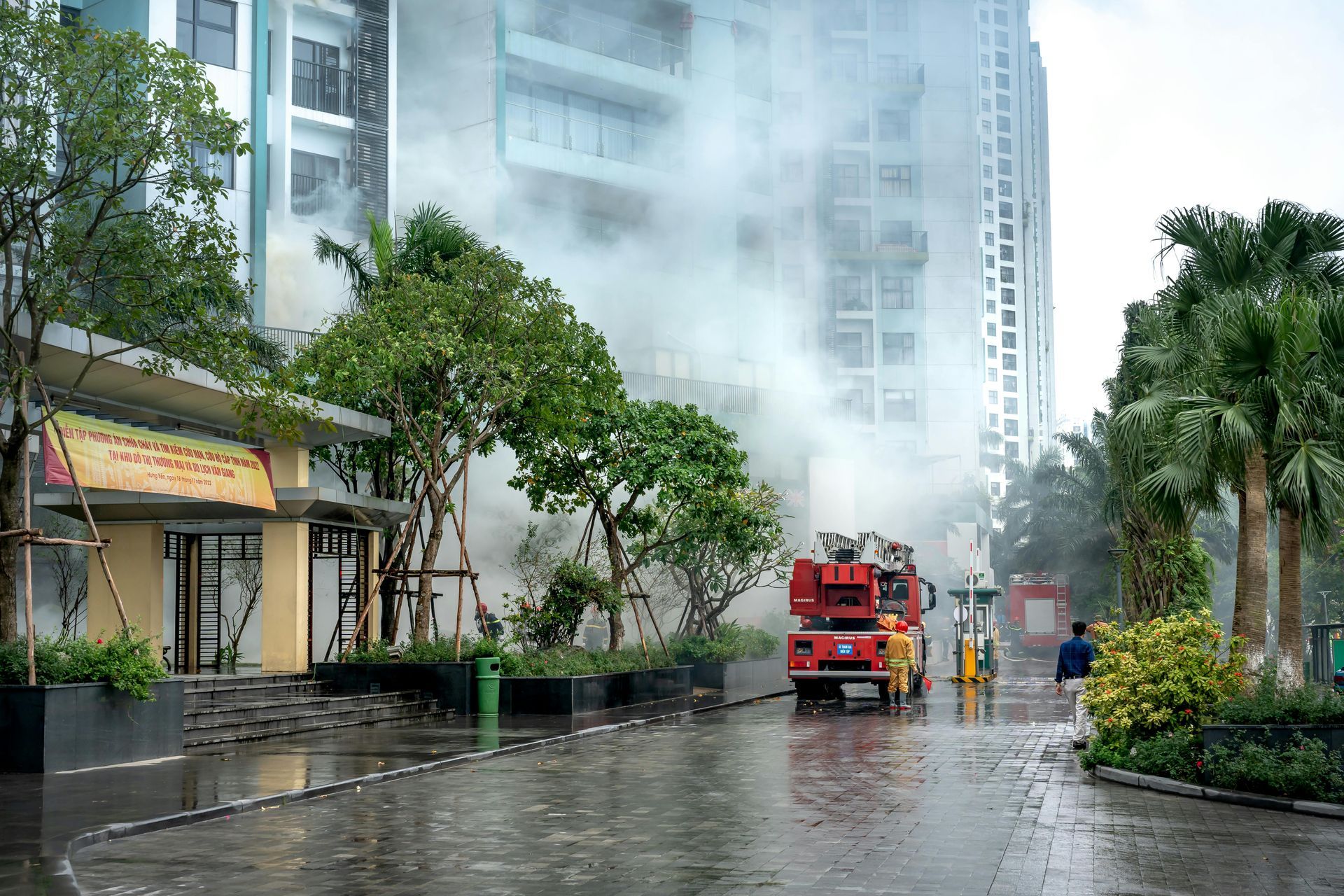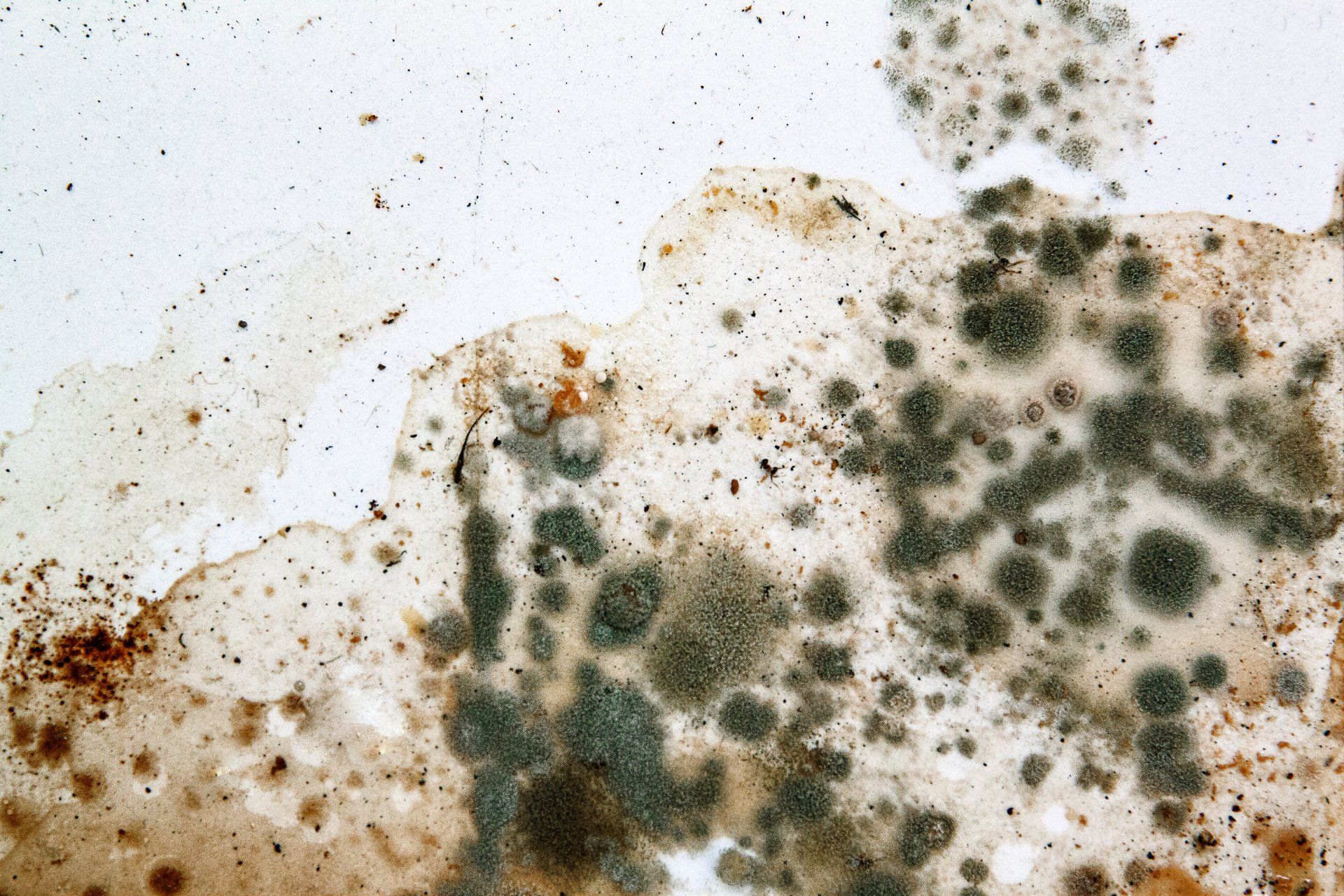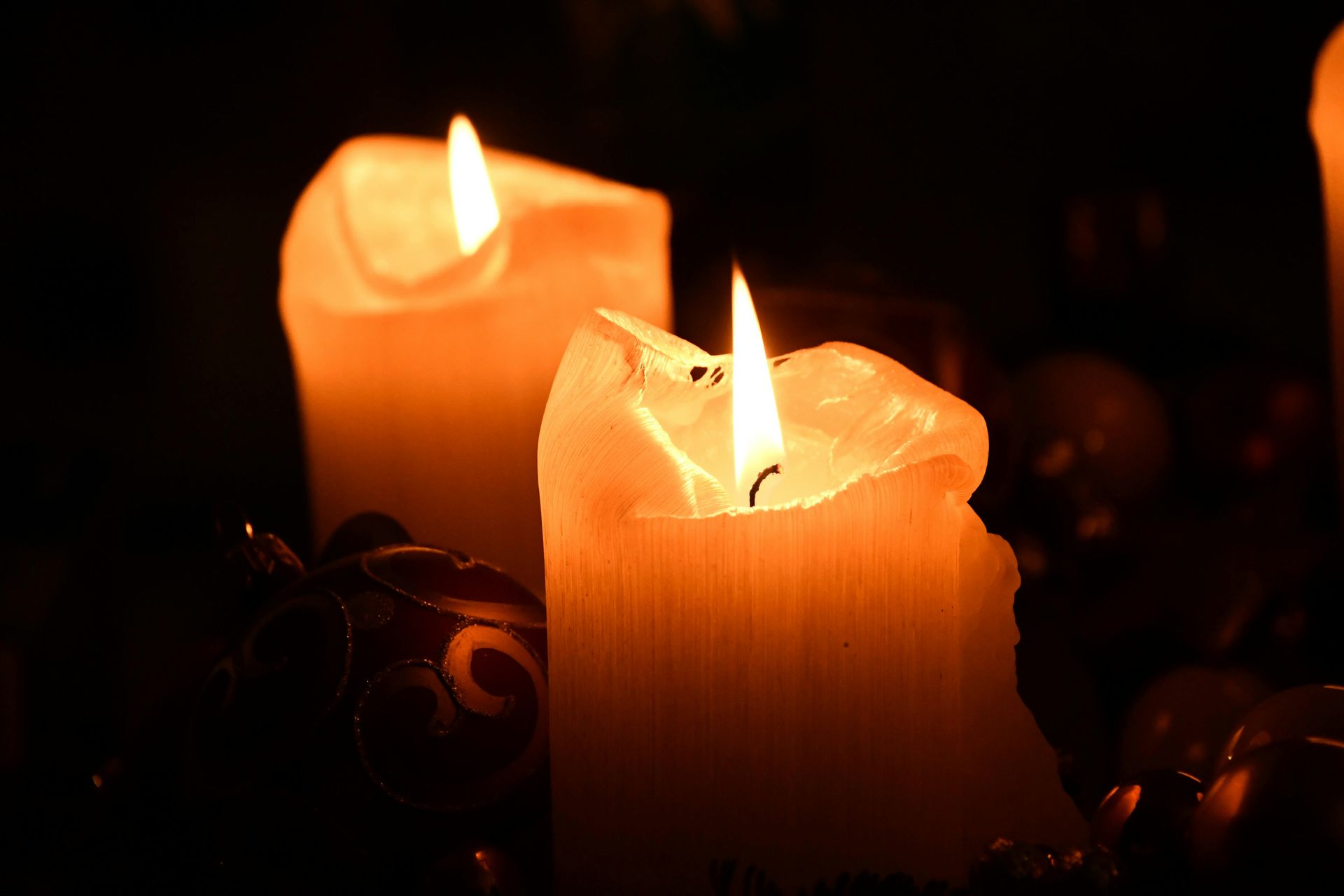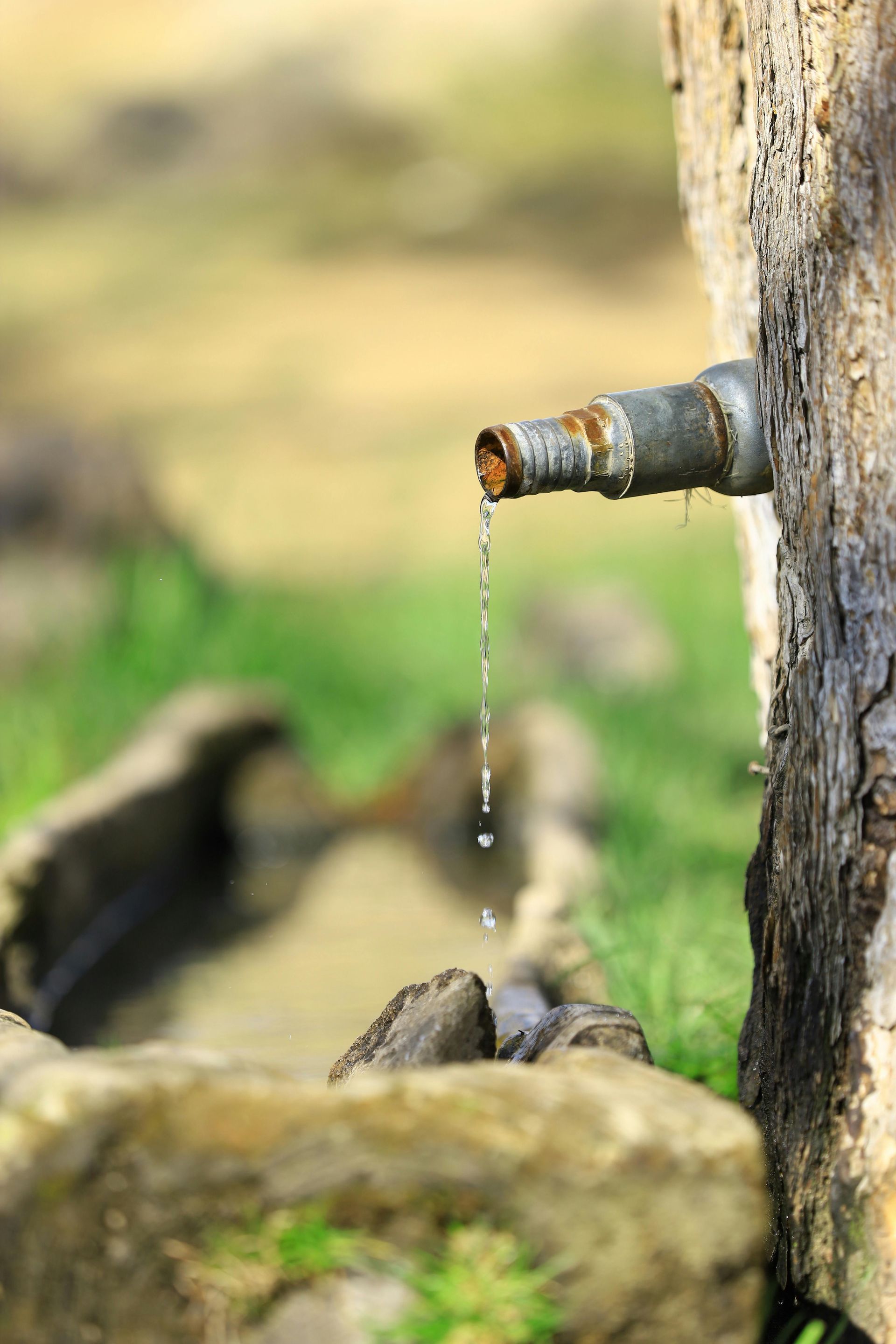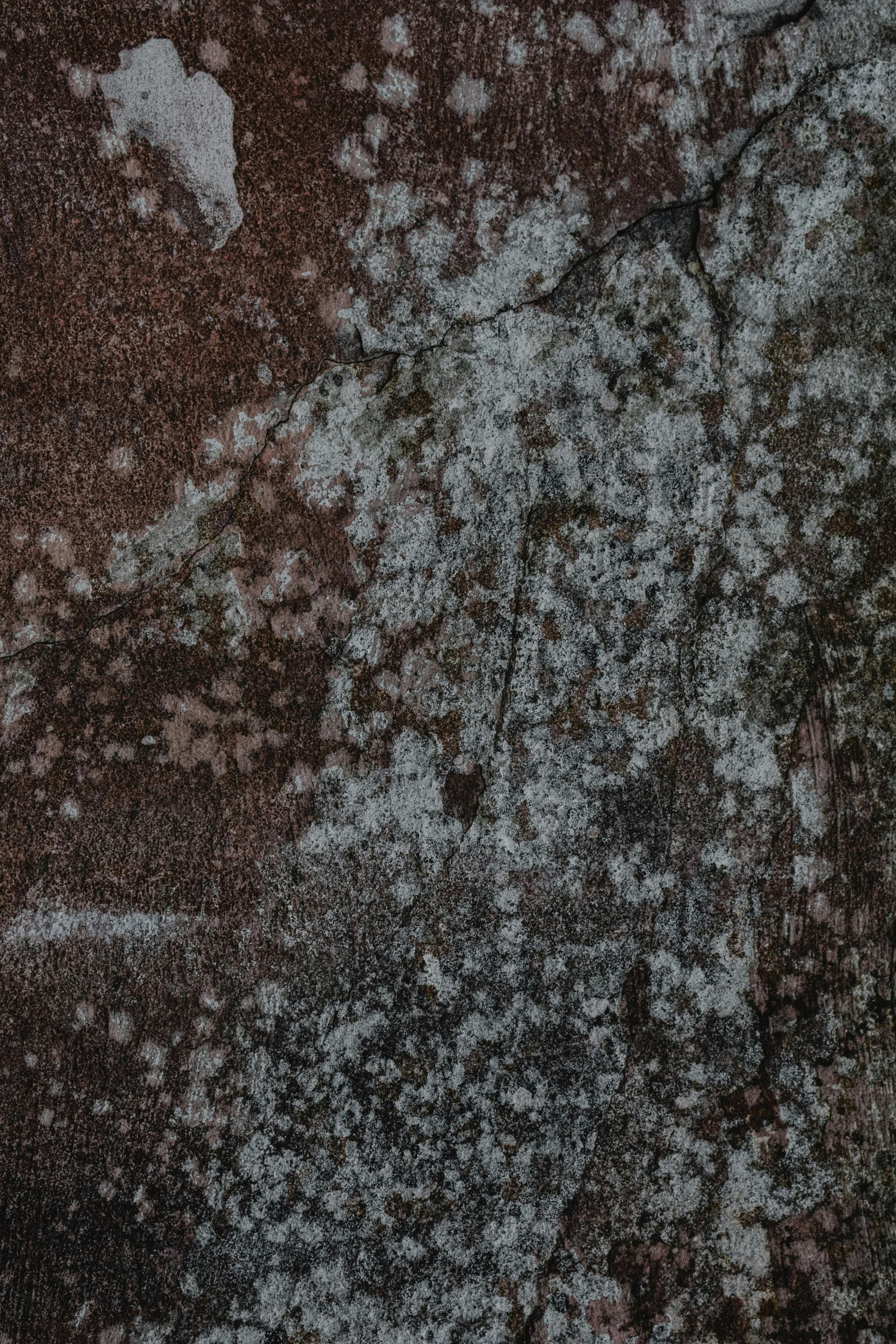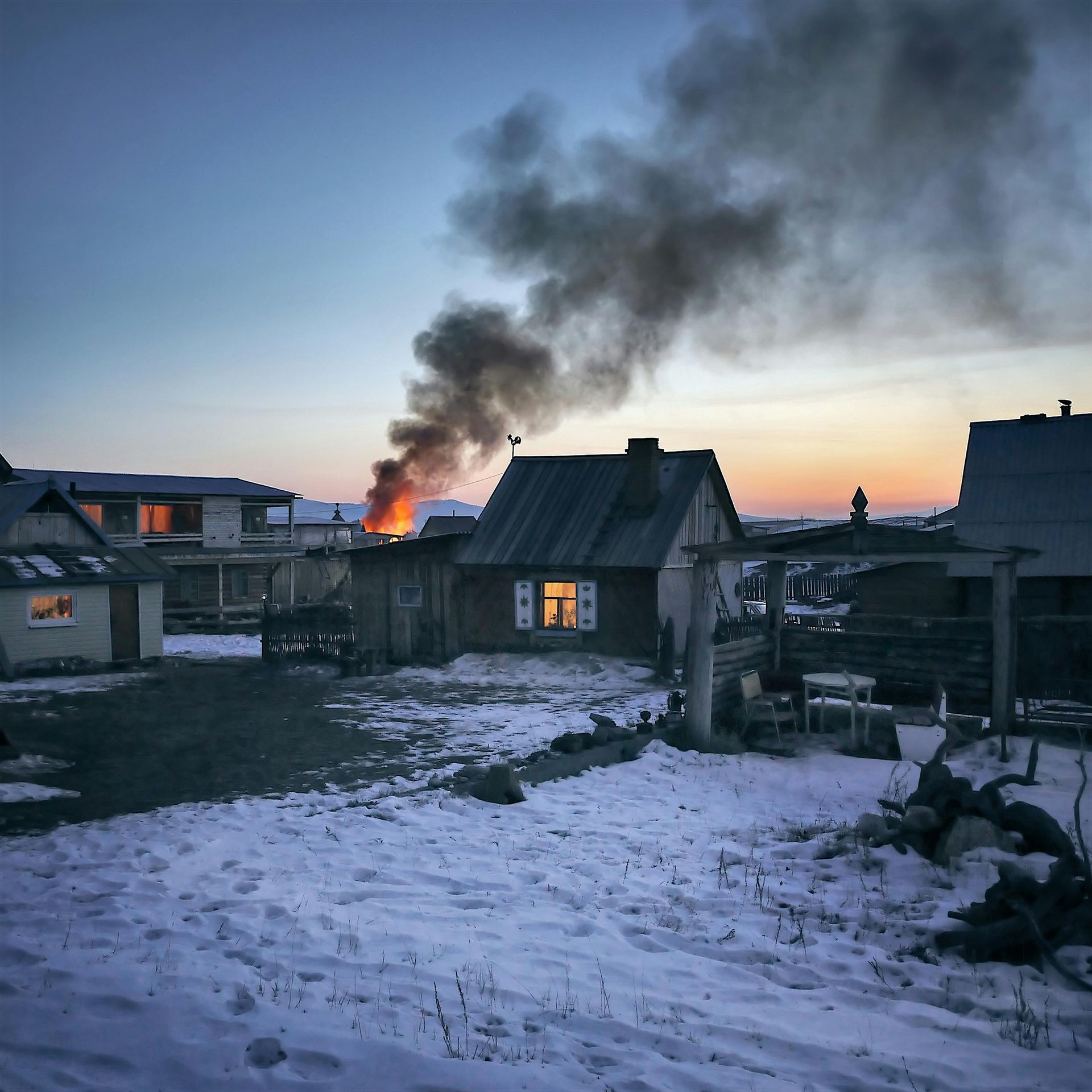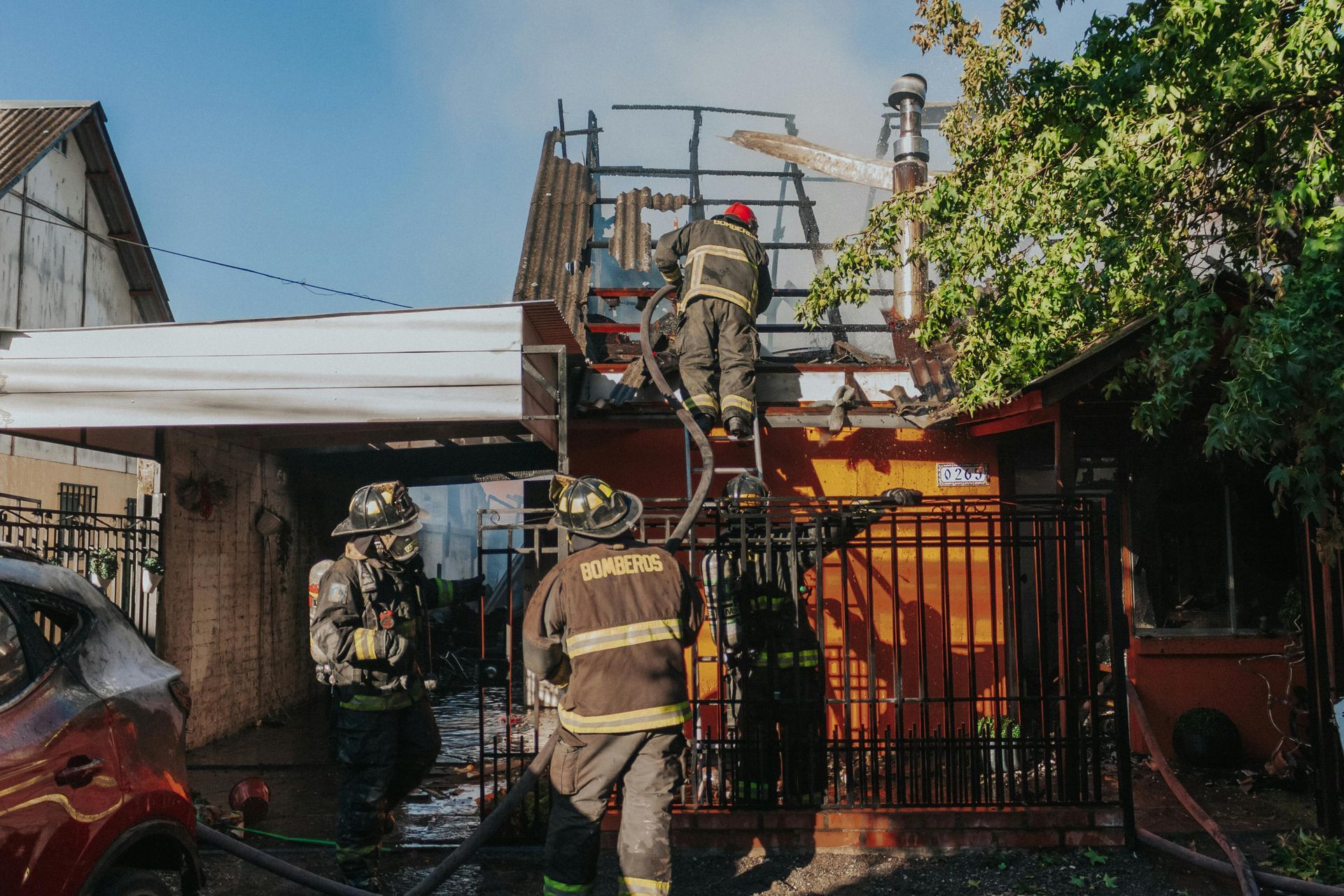The Different Types of Fire Damage and Their Causes
Exploring the Different Types of Fire Damage and How They Occur

For homeowners, understanding the different types of fire damage and their causes is essential for protecting their property from devastating damage. Fire can cause an array of damages depending on the type, size, and duration of a fire.
In this article, we will explore some of the common types of fire damage and explain what causes them so that you can take proactive measures to protect your home. By understanding these causes of fire damage, homeowners can better safeguard their homes and property.
Smoke Damage
Smoke damage can have serious consequences for both one’s health and property. It can be caused by the combustion of materials such as wood, plastic, and fabric or by incomplete combustion due to a lack of oxygen or fuel.
Inhaling smoke particles generated from burning materials can cause a number of health problems ranging from respiratory irritation and asthma to cancer.
Additionally, smoke damage can cause extensive property damage as it can corrode metal surfaces, discolor fabrics, and leave a greasy residue on walls and other surfaces. Smoke also has an unpleasant odor that lingers long after the fire is put out.
It’s important to take steps to prevent or minimize smoke damage. This includes ensuring that all combustible materials are stored properly and away from heat sources, regularly checking smoke and carbon monoxide detectors, and avoiding smoking indoors or in enclosed spaces.
Additionally, having a fire safety plan in place can help ensure that people can safely evacuate if a fire occurs.
Types of Smoke Damage
Smoke damage comes in a variety of forms. Visible soot residue can coat ceilings, furniture, and surfaces throughout your property. This leads to discoloration, sticky buildup, and a pervasive odor. In addition, smoke can leave behind invisible odor particles that are undetectable by the naked eye yet linger as an unpleasant smell for months or even years after the initial fire.
For this reason, it is important to consult a professional restoration team that can address both the visible and invisible damage caused by smoke. By enlisting help from an experienced company, you can ensure that your property will be restored to its former glory.
Smoke damage not only affects physical items within a space but can also cause major health problems due to exposure to smoke particles. Smoke particles contain carbon monoxide, formaldehyde, arsenic, and other volatile organic compounds that are known to cause respiratory irritation, asthma attacks, and even cancer.
Structural Damage
High temperatures can cause the deterioration of structural materials like wood, metal, and other composite materials. This can weaken or even melt the structure, leading to a greater risk of collapse. Sooty smoke from fires can also penetrate into these weakened structures, further damaging them and reducing their stability.
Structural damage is hazardous and can lead to unsafe living conditions for people, animals, and property. It can also significantly decrease the value of a property by making it less appealing or even dangerous to prospective buyers or renters.
It is important to identify structural damage as soon as possible to avoid further degradation of the structure. Building owners should inspect their buildings regularly and call in professional help when they notice signs of structural damage.
An experienced building inspector can assess the extent of the damage and recommend suitable repairs and solutions to ensure that the property is safe and secure for occupants. With proper maintenance, owners can avoid expensive repairs and keep their buildings in top condition.
Types of Structural Damage
Structural damage is a major threat to the safety of buildings, both residential and commercial. It can be caused by fire, water infiltration, wear and tear over time, or other environmental factors. Structural damage can manifest itself in various ways, such as warping, buckling, or collapse.
Warping occurs when individual structural elements such as beams, columns, and girders become bent or twisted out of their original shape. This can lead to problems such as sagging ceilings, uneven walls, and misaligned doorways and windows.
Buckling is when a structural element experiences an axial force that causes it to deform out of its original shape. Buckling can lead to catastrophic structural failure and is a particular concern when fire damage weakens the material of the element.
Collapse happens when multiple structural elements fail at once, resulting in the entire structure being unable to hold itself up. This is the most serious form of structural damage and can be caused by either internal or external forces.
Water Damage
Water damage can be a serious problem for any property owner. Not only can it cause structural damage to your home or business, but it can also threaten your health if not dealt with promptly and properly. When water is used to extinguish fires, the resulting damage can be quite severe because of the extreme temperatures involved in the fire.
When water is exposed to extremely high temperatures, such as during a fire, it vaporizes and expands quickly, causing pressure on surrounding surfaces and materials. This expansion of water causes the material to expand rapidly, which damages walls, ceilings, and floors. The excessive moisture left behind by this steam condensation will eventually lead to mold growth if not addressed right away.
Mold growth due to water damage can result in a wide array of health problems, such as respiratory issues, skin irritation, and even neurological side effects. In extreme cases, mold exposure has been linked to cancer in certain individuals.
Having your property properly inspected for water damage is essential to ensuring the safety of your family or employees. A professional inspection will identify any areas that may be affected by water damage so that they can be addressed quickly before things get worse.
Additionally, repairing any structural damages caused by water expansion should always be done right away to prevent further damage from occurring.
Types of Water Damage
Water damage can come in various forms, such as saturation of materials, corrosion of metal surfaces, and mold growth. Saturated materials are caused by prolonged contact with water or other liquid contaminants that cause the material to become oversaturated and unable to absorb more moisture. This usually leads to warping, buckling, or cracking of the affected materials.
Corrosion of metal surfaces can occur due to a reaction between the metal and water or other liquid contaminants. This corrosion can lead to discoloration, pitting, and even structural damage if left unchecked. Finally, mold growth can occur when moisture levels are high enough for spores to take hold and thrive in damp areas such as air ducts.
All of these types of water damage can cause serious structural and safety issues, so it is important to identify them early and take the necessary steps to address them.
Chemical Damage
Chemical damage is a type of fire damage that occurs when materials in the home come in contact with poisonous substances released by certain types of fires. Common causes of chemical damage include smoke and soot from burning plastic or electrical wiring, as well as fumes from industrial solvents, paint thinners, and other hazardous chemicals.
The toxins released can cause respiratory, skin, and eye irritation or even long-term health conditions. In addition to the physical effects of chemical damage, the property can also be affected as materials can discolor or corrode due to exposure. It is important for homeowners to recognize the signs of chemical damage and take steps to protect their families and homes from further harm.
Regular maintenance of materials in the home, such as checking for frayed electrical wiring or using non-toxic cleaning products, can help reduce the risk of chemical damage. It is also important to practice fire safety measures, such as installing smoke detectors and extinguishers in the home. Following these steps can help protect people from the physical and financial effects of chemical damage.
By understanding the causes and effects of chemical damage, homeowners can take steps to avoid it in their homes and keep themselves and their property safe.
Types of Chemical Damage
Chemical damage to any material can take many forms, from discoloration and etching of surfaces to pitting and even fire damage. Discoloration occurs when a substance is exposed to an oxidizing agent in the environment; this results in a change in color that may be permanent or temporary.
Pitting is caused when acids eat away at the surface of a material, creating small holes or pits that can lead to further deterioration if left unchecked. Etching occurs when an environmental agent breaks down the crystalline structure of a material, creating a pitted surface with intricate patterns.
Fire damage is more severe and occurs when organic materials are exposed to extreme heat, destroying their structural integrity completely. All these forms of chemical damage can be damaging and costly to repair, so it is important to prevent them by taking the necessary precautions.
Electrical Damage
Electrical damage from faulty wiring, overloaded circuits, and other electrical issues can be devastating to any property. Fires caused by these problems can cause significant damage to a building’s structure and contents, as well as the health of its occupants. In addition, fires caused by electrical malfunctions can also lead to additional long-term losses in the form of lost rental income or repair costs.
When it comes to safety, electrical damage is especially concerning due to the potential for electric shock or fire hazards that could put people at risk. Faulty wiring can create dangerous situations like overheating of appliances or lighting fixtures, which may result in a fire starting quickly and spreading rapidly throughout the premises. Additionally, overloaded circuits may cause too much electricity to flow through the system, which can result in sparks or shorts that may cause an electrical fire.
Not only can electricity be dangerous, but it can also negatively impact the value of a property if not managed correctly. Electrical damage from fires and other related issues can take a long time to repair and require costly repairs if not done properly.
Furthermore, any damage caused by electrical faults could potentially lead to insurance premiums increase or even coverage being denied altogether for future claims.
Electrical damage is something you should never take lightly when it comes to your home or business property. Taking precautionary steps, such as having regular maintenance checks, using correct wiring practices, and avoiding overloading circuits, will help ensure that your family is safe and your property is protected from harm.
Properly managing electricity will also help maintain the value of your property and help you avoid costly repairs or insurance issues in the future.
Types of Electrical Damage
Electrical damage can come in many forms and can affect electrical panels, wiring, and appliances. The most common types of electrical damage are overcurrent damage, voltage spike damage, short circuit damage, fire hazards, and corrosion.
Overcurrent damage occurs when too much current is drawn from a power source than it is designed to provide safety. This can cause a number of problems, such as overheating wires, melting insulation, and damage to electrical equipment.
Voltage spike damage occurs when voltage levels suddenly rise or drop beyond the normal design parameters. Voltage spikes can also cause overheating wires, melted insulation, and damage to appliances and other electrical components.
Short circuit damage is caused when the hot and neutral wires make contact with each other, causing an electrical current to flow where it should not. Short circuits can cause fires, melting of insulation, and even electrocution, depending on where they occur.
Fire hazards are related to any situation that can lead to the ignition of combustible materials, which can be caused by electrical arcing, overheated wires, or overloaded circuits.
Corrosion is also a common form of electrical damage and can occur in any environment where moisture is present. Corroded wiring can lead to poor connections and cause shorts, overheating, and even fires.
Looking for Fire Damage Experts? Try Sunshine Restoration!
Fire damage can come in various forms, from smoke damage and fire residue to corrosion due to chemical reactions. The different types of fire damage are a result of the combustible materials that have burned, the temperature reached during the fire, and even the amount of oxygen available.
Sunshine Restoration is a professional fire damage restoration service that specializes in restoring homes and commercial properties. Our experienced staff consists of certified technicians who use the latest technologies to get the job done right the first time. We understand the importance of carefully assessing each situation and providing tailored solutions that meet your needs. By using proven techniques, we can help you restore your property to its pre-fire condition.
At Sunshine Restoration, we believe in providing our customers with the highest quality of service while keeping them informed every step of the way. Our goal is to get your space back up and running as quickly and safely as possible. Call us now!

